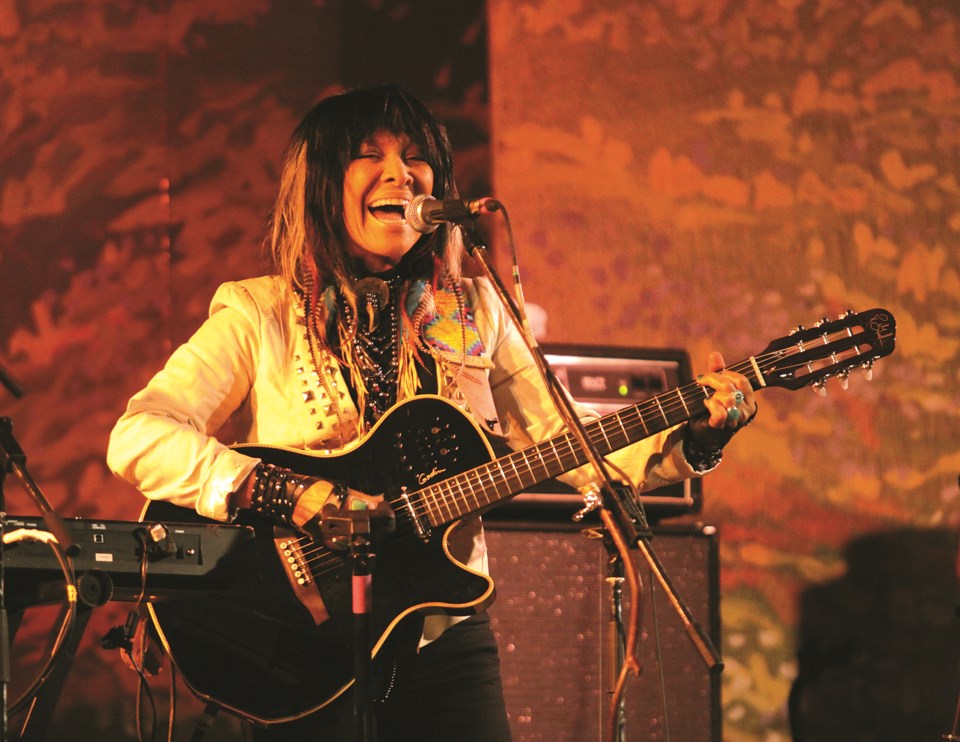The Fifth Estate has released their episode on Buffy Sainte-Marie and the evidence they presented against her includes a Massachusetts birth certificate and testimony from her nephew. It seems conclusive, but as I noted in my op-ed from last week, there still are a lot of people rallying to her defense. It is interesting to say the least, especially when you consider that arguments about her doing good could easily apply to Carrie Bourassa and Mary Ellen Turpel-Lafond.
Many, including the Piapot First Nation, are pointing to the fact that she was adopted by Emile Piapot and Clara Starblanket Piapot. And indeed, in the true spirit of adoption, they are her family. Whether or not this reality means she can claim to be Indigenous is another question altogether. From a legal perspective, when Indian status was created in 1850, adoption was one of the ways get it, and currently one can get status via their adopted parents and additional paperwork.
That being said, even though I was adopted by Mary Moonias, I don’t go around saying I’m a member of the Louis Bull First Nation, just that the total number of my Indigenous sisters has increased by one.
Adoption is another hot topic when it comes to identity and Indigenous studies. According to the province, as of November 15, 2022, Indigenous children represent “68% of the children in provincial care” despite only being around 10 percent of the children in the province.
There are a whole host of reasons for why children might find themselves in the care of the province and this op-ed is not about them or how valid they may or may not be. Still, it is also important to point out that according to the province as of March 31, 2022, this 68% consisted of 3,425 Indigenous children out of a total population of 95,670 Indigenous children in the province, or 35.8 per thousand, or 3.58 percent. Not ideal, but it does mean that according to the province, 96.42% of Indigenous children live with their family, an improvement of 6.4 percent.
For the 68 percent, however, their involvement in provincial care can be quite traumatic and can contribute to a lot of questions regarding their identity. Today, there are programs designed to try to keep the child with their family and/or community or at least maintain some level of connection with them. Indeed, more and more Indigenous nations and/or organizations are handling child protective services. This state of affairs was not always the case, which when combined with the Sixties Scoop meant there are many Indigenous people who went through the system with little to no information about their birth family or community. Of course, it depends on the individual, with some having the information, others not caring, and even more looking for it.
It is the last scenario that Buffy Sainte-Marie has stated she belongs to. Namely that she was taken by child protective services and adopted by the Santamaria family in Massachusetts. On its face, this account is plausible. Adoptions can occur outside of Canada and the 2017 documentary Birth of a Family notes how one of the four children of Mary Jane Adam was adopted by an American family and had problems finding out information about her birth family.
The problem with her story emerges in three ways. First, there is the matter of the Massachusetts birth certificate. Even Buffy Sainte-Marie recognizes the problem that it represents and she and her supporters have called it into question, stating it was issued post-adoption to create the illusion of the adoption having never taken place.
Second, there is the matter of her claims that there are a lack of records for Indigenous peoples in general. As Dr. Kim TallBear notes, Indigenous peoples are heavily documented. Here in British Columbia individuals were recorded if they had status and/or band membership, attended residential school, and/or got married baptized and/or married. Indian Agents, province officers, and missionaries also recorded births and deaths. It might not be complete and it is often wrong, but the idea that a child would be taken in Canada and adopted by a family in the United States without any records being created is somewhat implausible.
And this brings us to the last matter.
It appears she overstated her story and that her birth family went along with it for decades.
Daniel Sims is a member of the Tsay Keh Dene First Nation and a professor in the First Nations Studies program at the University of Northern B.C.
